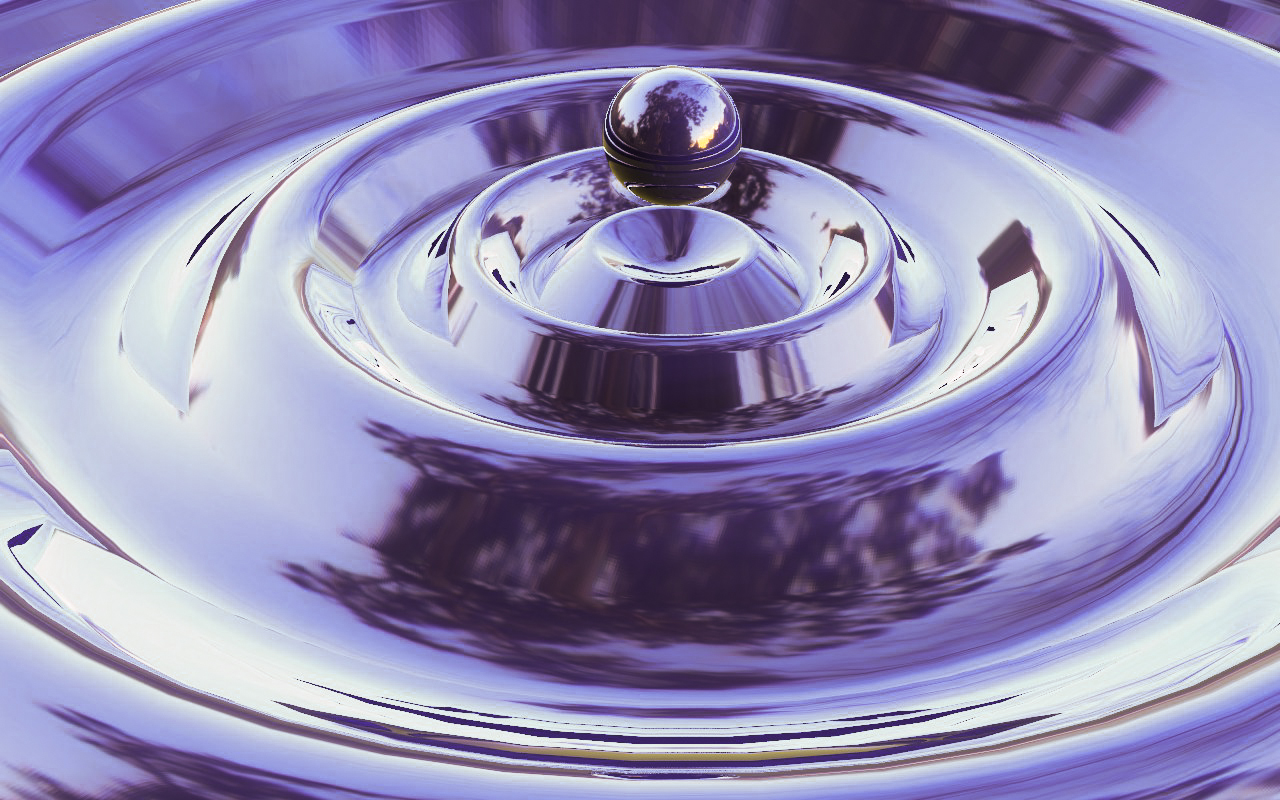
Ian Morrison has a very simple goal for his class. He wishes his students find a good question, whose answer wins a student a Nobel Prize, and who mentions “this instructor”. As I am in the process of searching for a worthy research question for my independent career, his emphasis on finding a good question rather than finding a solution to a problem proves to be very “illuminating” (a word he likes to use).
The class was the second part of an introductory class on soft matter physics, (the first of which I am auditing now). He likens this class to a bus tour in New York: it is a survey class, so it brushes a lot of things quickly; if you find something particularly interesting, you should come back and reread it. I like his pedagogy. I think it is the best way to teach a field whose boundary is still amorphous and where established principles are constantly being challenged.
Two books he uses for his class are Capillarity and Wetting Phenomena: Drops, Bubbles, Pearls, Waves by de Gennes, Brochard-Wyart, and Quere and Theory of Stability of Colloids and Thin Films by Derjaguin. One can get a glimpse of how the books are written by just reading the titles of the books: the first one is graphical, while the second one is heavily mathematical. Ian likes to say the approach by de Gennes is always illuminating and bordering magical. Of course there is maths involved, but the maths is secondary, but the physical thinking behind it is of paramount importance. As he put it, writing down the first equations/approximations is the most difficult part, and the rest is just maths. Again the importance of separating maths and physics.
Another feature of his pedagogy is that he repeats a lot. He said he was going to explain only a few things in the class: surface tension, Laplace pressure, contact angle, and disjoining pressure. And if one comes out of this class and only remembers these “a few things”, he succeeded.
I cannot write about his lectures without mentioning his self-deprecating humor. It is the most distinguishing trait of his character and the one that fills his class with laughter, which is by itself a remarkable feat.
